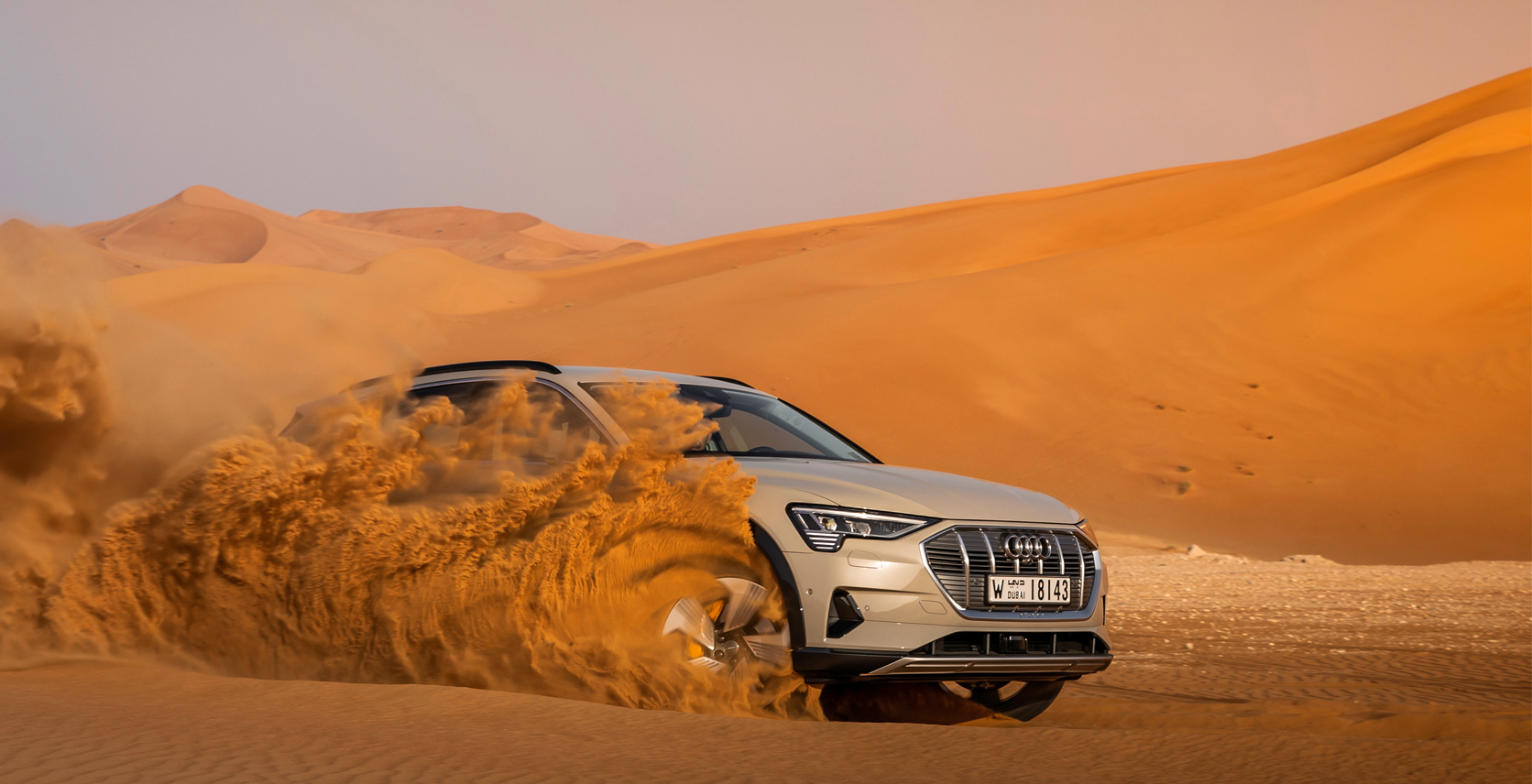Driving the All-Electric Audi E-Tron in Oil Country
The Jebel Hafeet mountain sticks up out of the flat Abu Dhabi desert landscape like a windmill in the prairies. The road to the mountain’s summit is new, ice-rink smooth, and must have been designed by a keen driver. It has many more sweeping turns than seems strictly necessary.
On this immaculate stretch of road, far away from anything, we have Audi’s first all-electric vehicle, the E-Tron. Its enormous lithium-ion battery pack puts all the weight low in the chassis. The Audi scoots up the mountain as if it were flat road. The sensation of noiseless acceleration, without the vibration of an internal combustion engine exploding air and fuel under our feet, makes this an otherworldly experience. All you hear is the rush of air and occasional protests from the tires — a faint squeal as rubber smears across tarmac. The E-Tron handles this ascent with more joie de vivre than a 2,490-kilogram SUV has any right to. The battery works like the keel on a yacht, keeping the passenger compartment undisturbed.
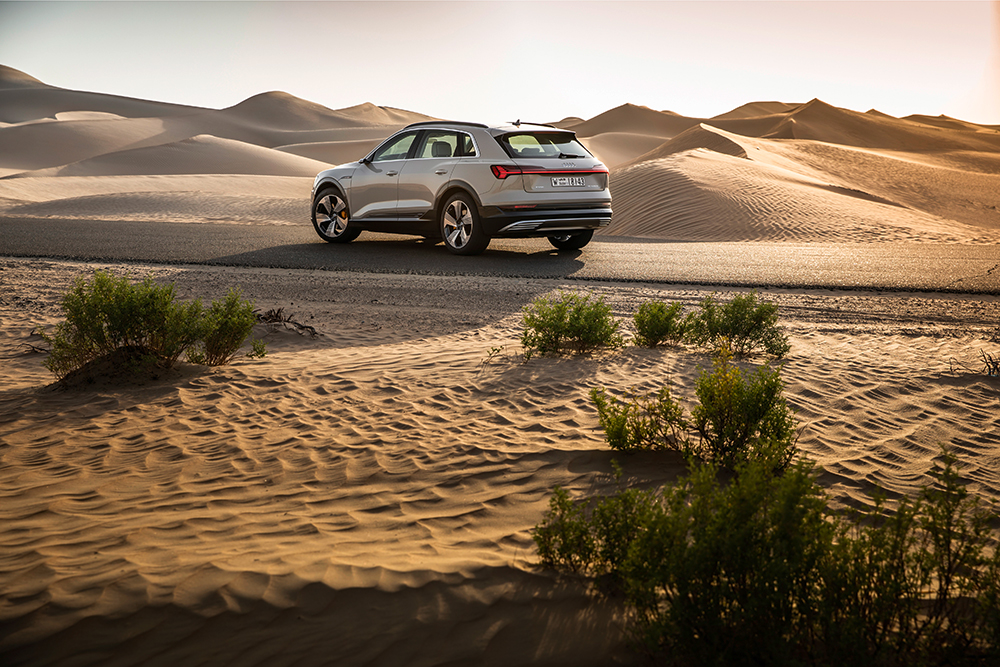
When you put your foot down, the E-Tron takes off like a bolt from a rail gun. There’s a Newtonian, gravitational pull to it. Two electric motors — one on each axle — output 402 horsepower and 490 lb-ft of instant torque. It is, in every sense, electric.
Don’t let anyone tell you this is a revolution. Don’t jump on board the hype train yet. Electric cars are the future, probably, unless hydrogen fuel cells or some other technology evolves faster, but electric cars have been in the works for several decades now. The truth is that there will be no sudden turning point. It won’t be like flicking a light switch. There are a billion vehicles on the road. Even once electric cars become affordable and plentiful, it will take at least a decade to transition the fleet.
These things we know. And yet, after driving Audi’s first all-electric car in Abu Dhabi, we have become true believers. The electric automobile revolution cannot come fast enough.
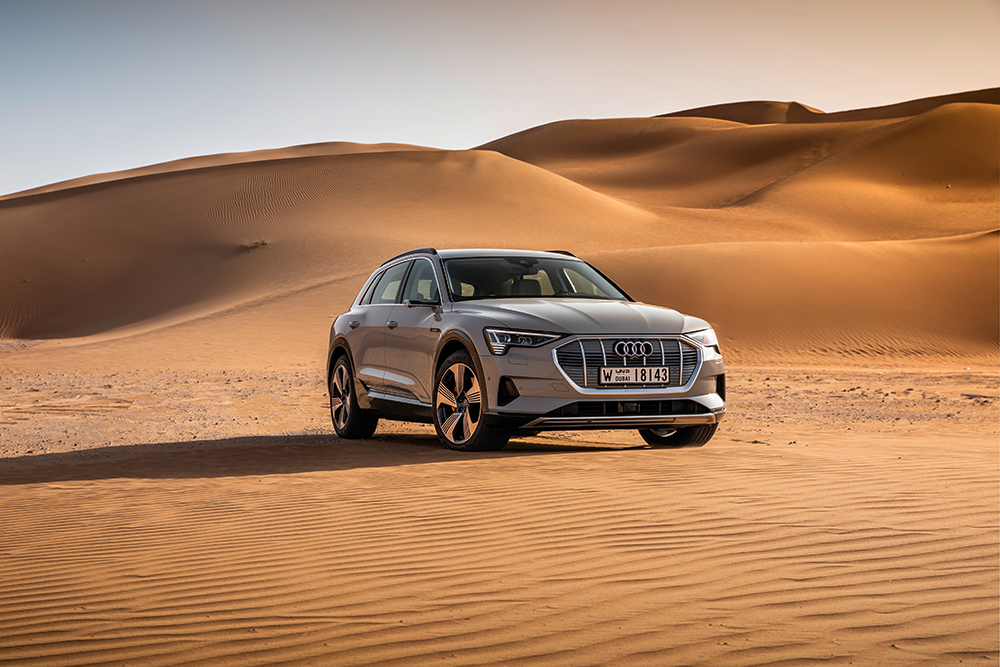
The E-Tron is not the first electric car, but it is the first of its kind. It’s the first electric luxury SUV from a German automaker. Mercedes and BMW are soon to follow. Jaguar already has the I-Pace. The number of legitimate rivals to Tesla’s electric supremacy is suddenly quite large.
The Audi is unique among electric luxury vehicles in that the brand’s designers did not want to create a strange-looking machine, something that shouts about the fact it’s electric. Speeding through the desert, it becomes clear this is a luxury car first, and an electric car second. Once you get over the silence and speed, it simply feels good: complete and refined. The E-Tron leans more toward comfort than sportiness, which is right for a family-friendly SUV. Everything about the E-Tron just works. This is no beta test or trial balloon. Audi is serious about EVs.
The German brand has 50 years of experience making cars, 50 years of experience combining thousands of parts into the most complex consumer products on earth. You can’t replace that kind of knowhow with algorithms and automation. Audi’s experience shows through in every interaction with the E-Tron. The panel gaps are as even as railway tracks. The doors close with an airtight whomp you feel in your ears. The E-Tron’s air suspension rides comfortably. The seating position, the placement of the controls — it’s all so perfect you’ll immediately take it for granted.
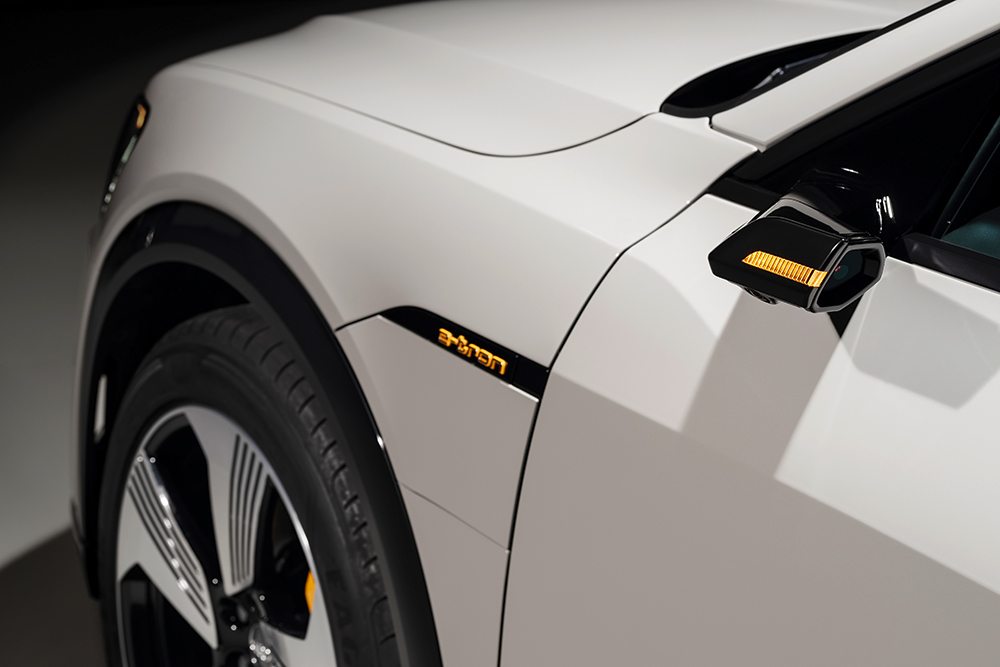
From the driver’s seat, you could be forgiven for thinking you were inside any other of Audi’s SUVs. It’s not unlike the Q8. The cascade of screens that make up the dashboard is familiar.
The E-Tron takes all of these traditional automotive proficiencies and combines them with an all-new electric powertrain, developed in house. The 95 kWh lithium-ion battery weighs 700 kilograms. A full recharge on a common 240-volt household outlet takes 8.5 hours, or about half that with an optional second onboard charger.
Driving range is rated at 417 kilometres on the somewhat optimistic WLTP test cycle. Live with the car and any anxiety about range will disappear. Even in the depths of winter when the battery capacity is at its worst, there is more than enough driving range here for most people on a day-to-day basis.
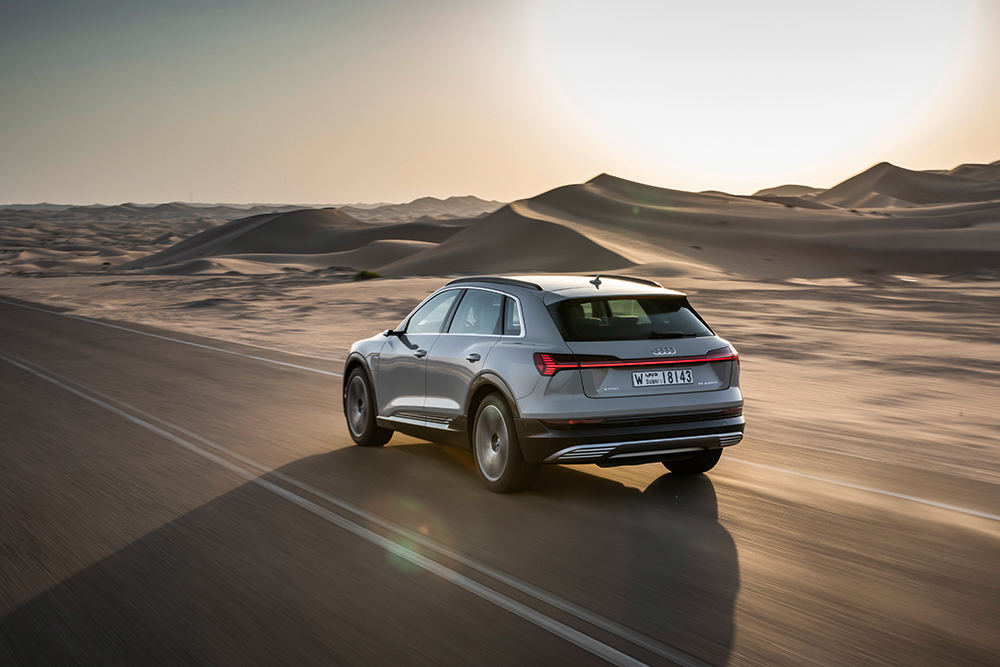
From the outside, the visual cues that indicate the E-Tron is electric are not immediately obvious. It has Audi’s typical sharp lines and pressed creases. In terms of overall size, it’s right between the Q5 and Q7 SUVs. Take a closer look, and you begin to notice the unusual details. The traditional Audi single-frame grille has hardly any air intakes in it. It’s almost solid, because electric motors don’t need to suck in air for combustion. And then there’s the charge port, behind the front wheel. Push a button and the panel lifts out and glides down. The motion is elegant and pleasing, another reminder of how much work went into every aspect of this machine.
By 2025, Audi expects one-third of its sales will come from electric vehicles. The E-Tron is the first of 12 fully electric models. It has been a long 10 years since Audi first showed us an electric vehicle concept. The company was biding its time, waiting until the technology matured, waiting until consumer demand would justify the R&D expense. We knew the E-Tron was coming. We’ve been waiting for it. What we couldn’t have known is just how much we’d like it. First time out, Audi has made a brilliant electric car — and a brilliant car.
From the summit of the Jebel Hafeet mountain, 4,000 feet above the desert floor, you can make out the curvature of the earth on all sides. It’s a stunning vantage point to watch the sun set and to see how far we’ve come — all under electric power.
